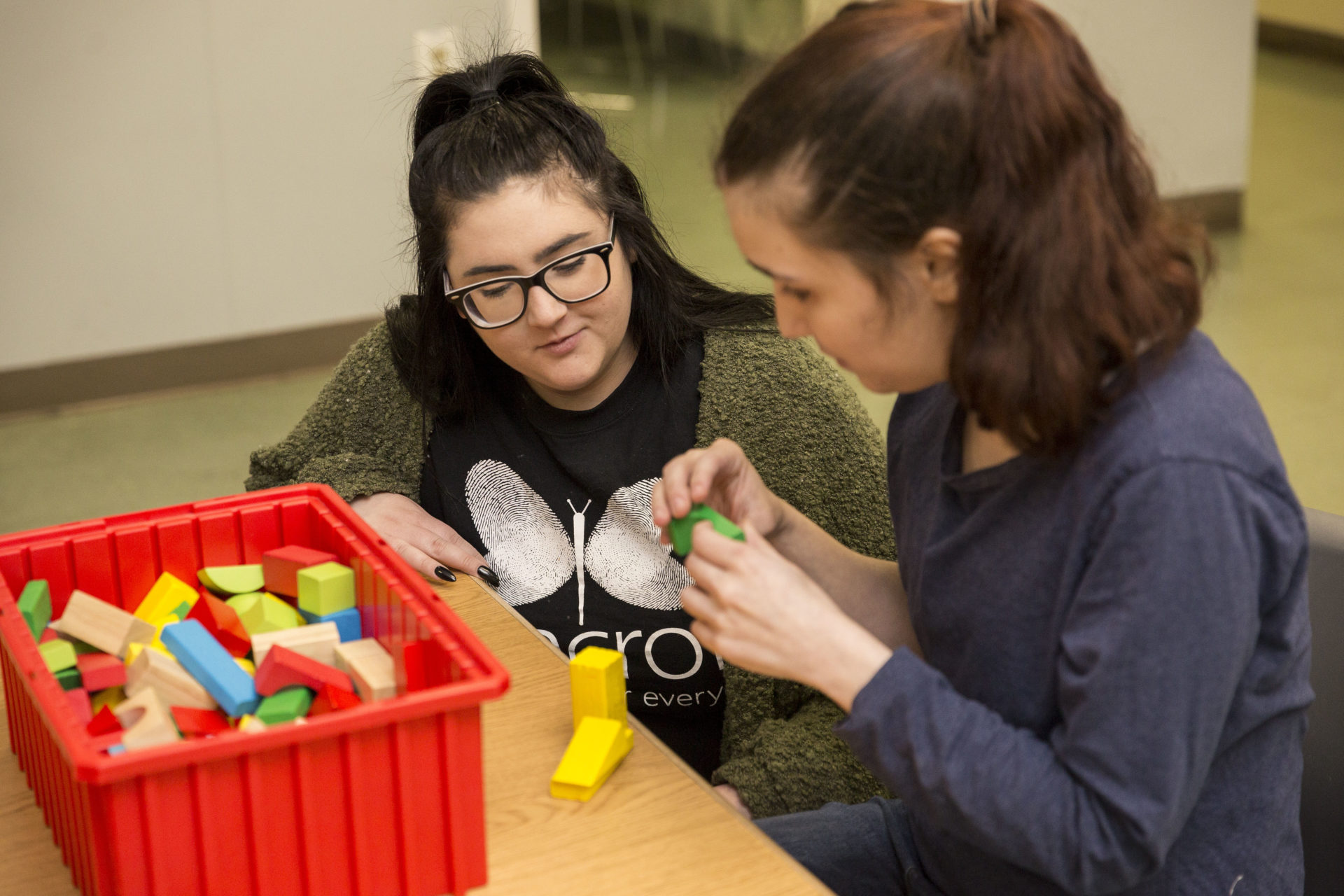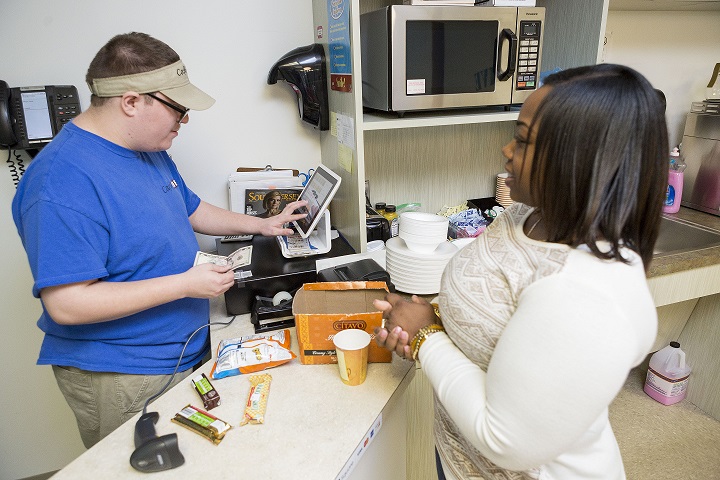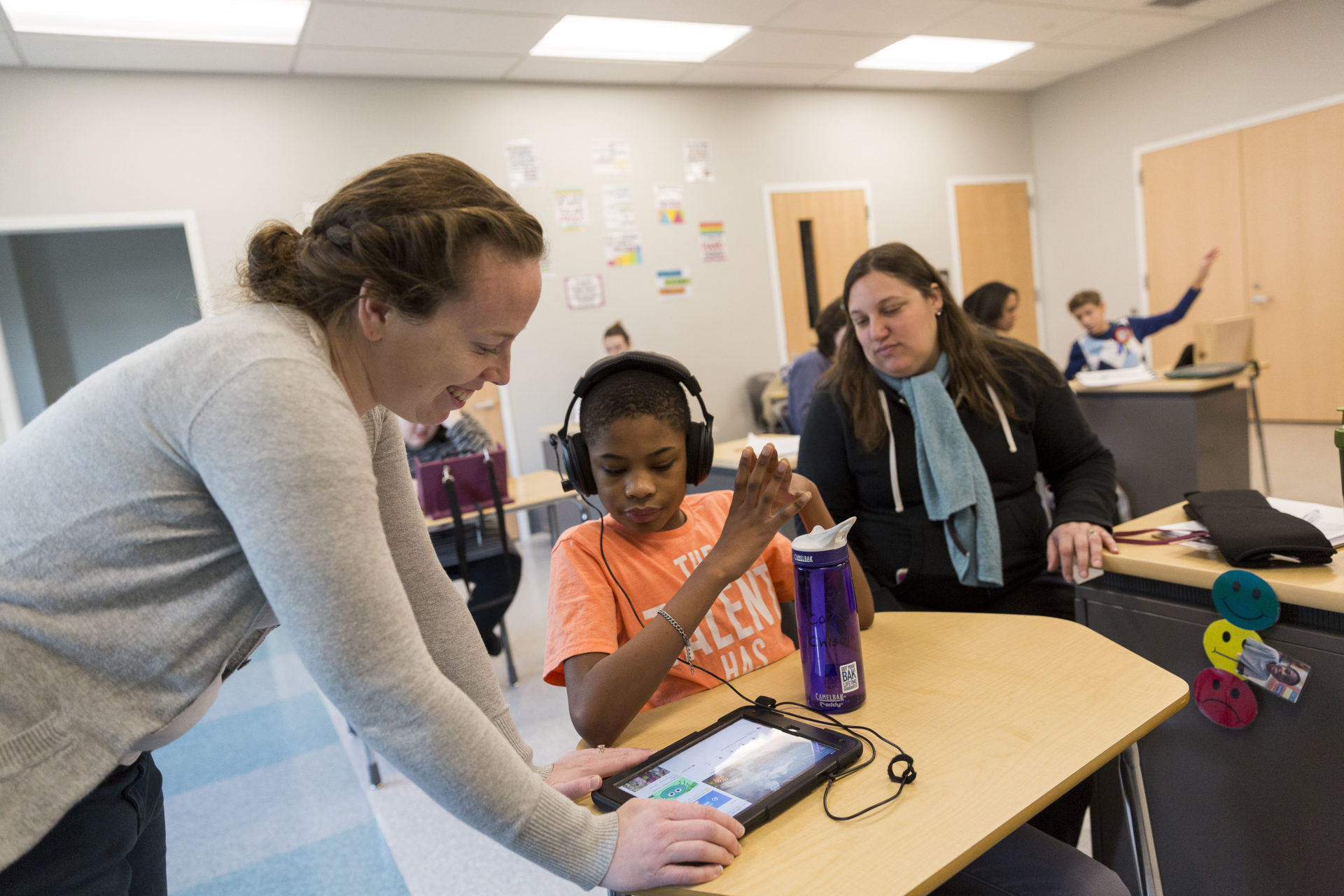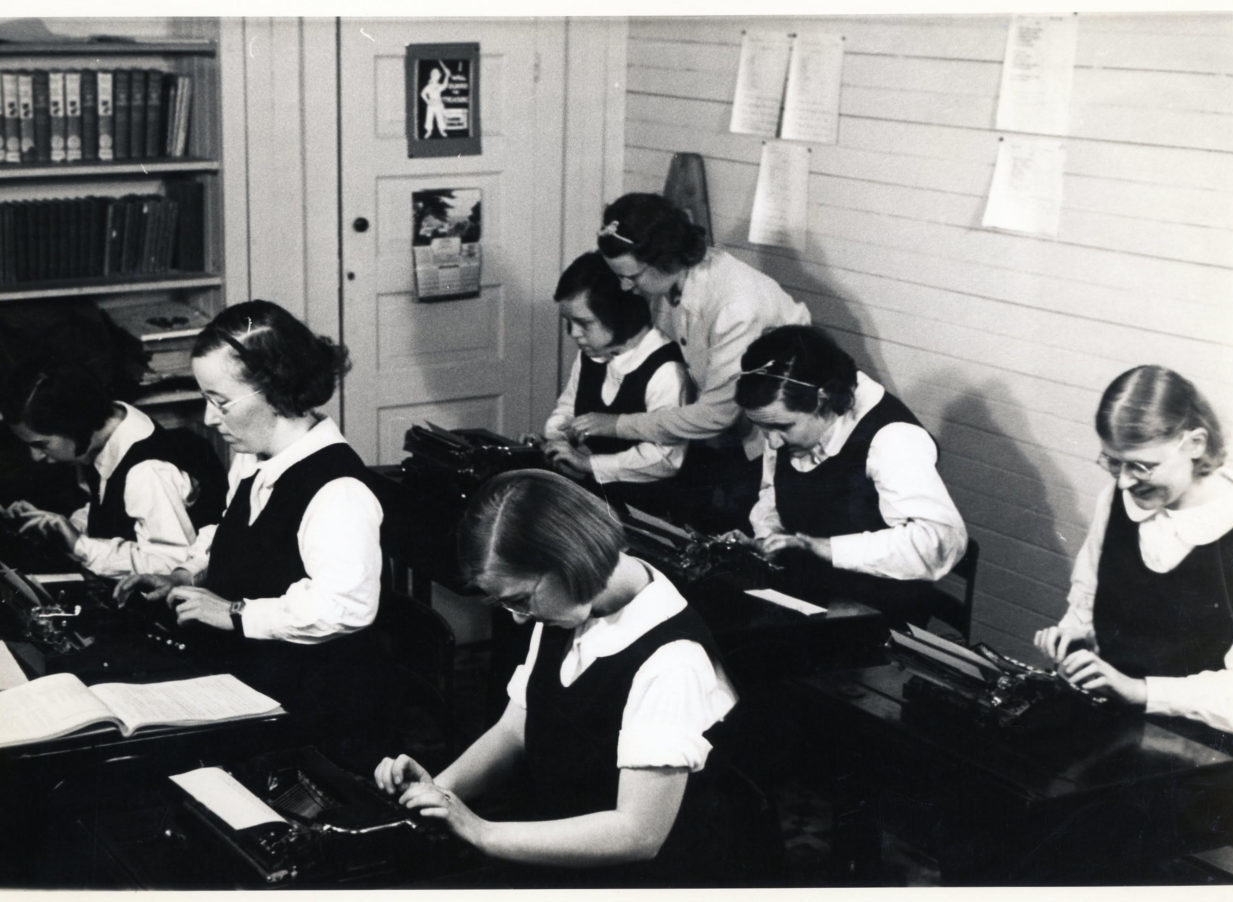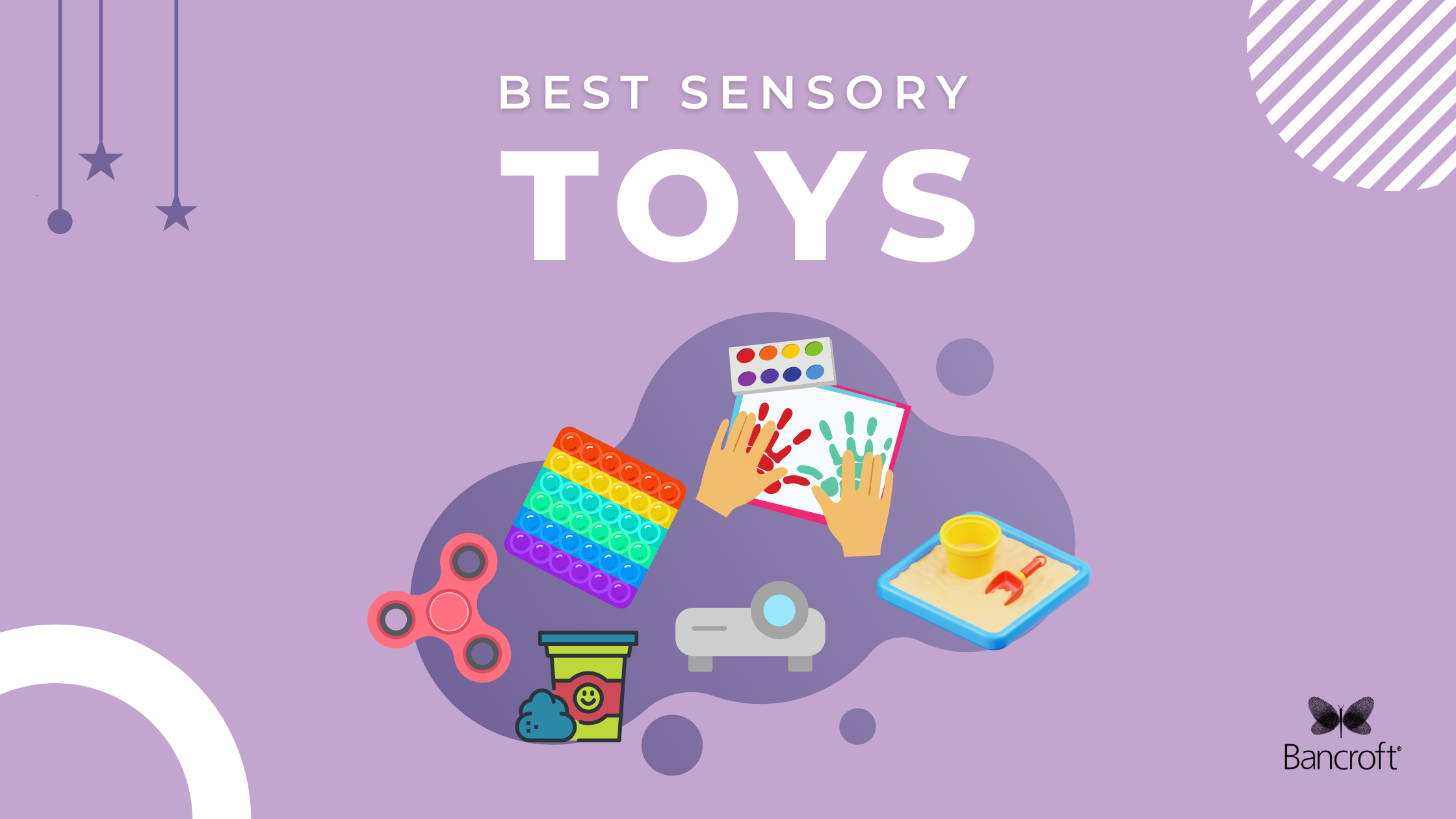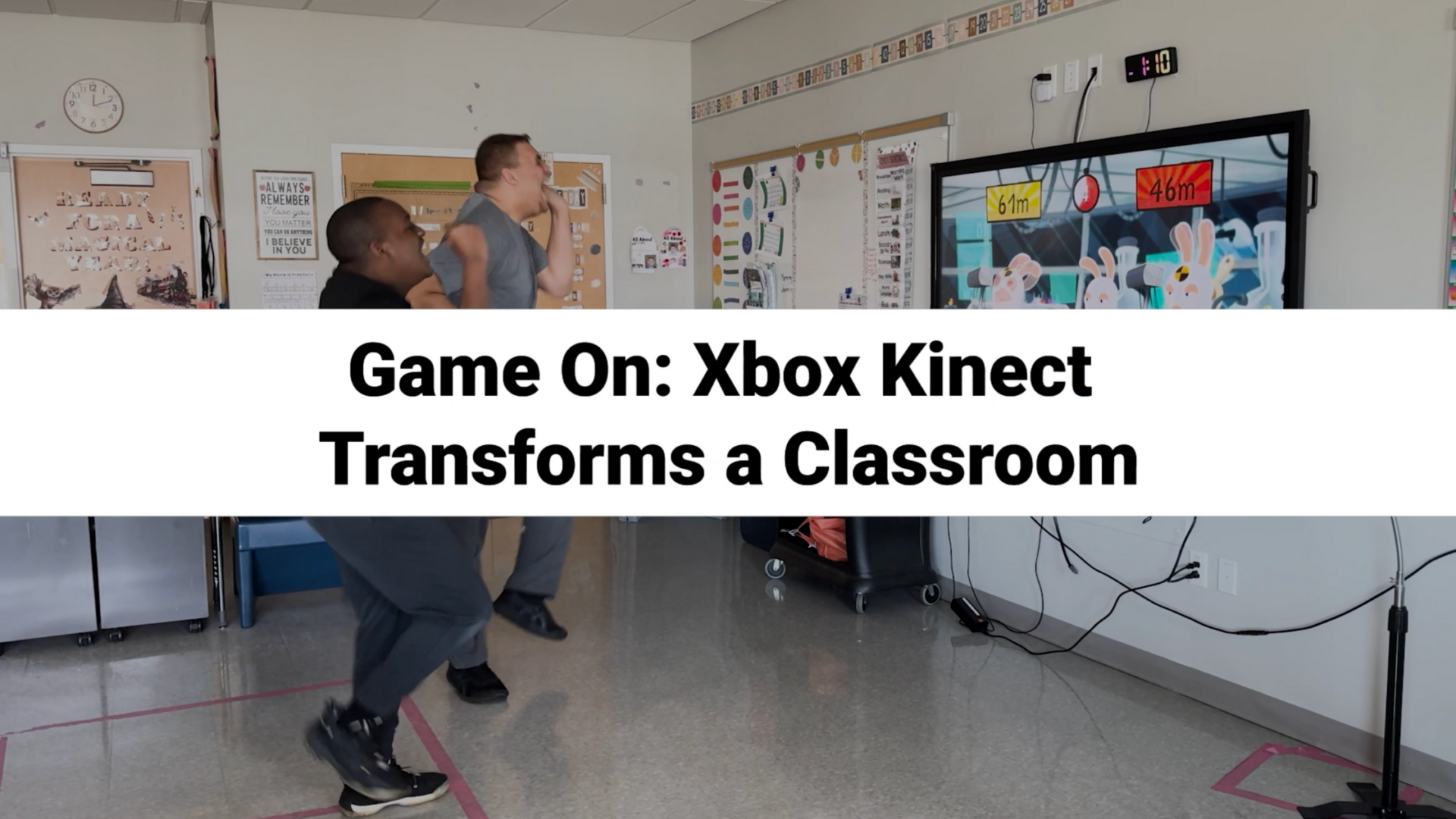The special education teachers at Bancroft weigh in on six sensory toys that have been successful for their students.
While considering theee sensory toys, please take into consideration that these are general toy ideas that address motor, sensory, and communication skills and not all listed toys may be appropriate for your child. You know your child best!
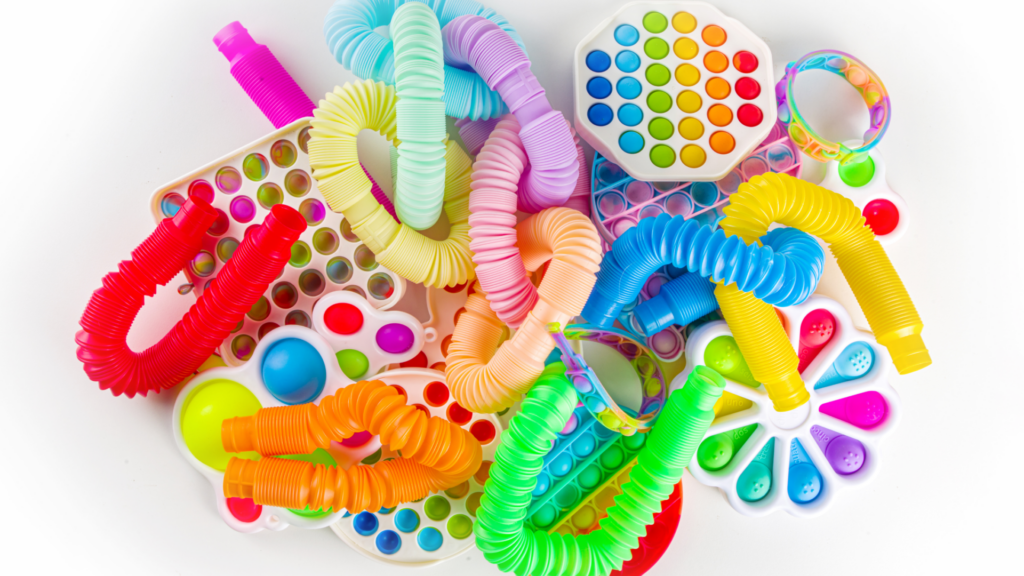
1. Fidget Toys
Fidget toys such as spinners, sensory tiles, and spin wands are effective toys for relieving stress or anxiety in overstimulating environments. These toys serve as an empowering tool to manage sensory needs and emotional states to promote a sense of calmness and focus.
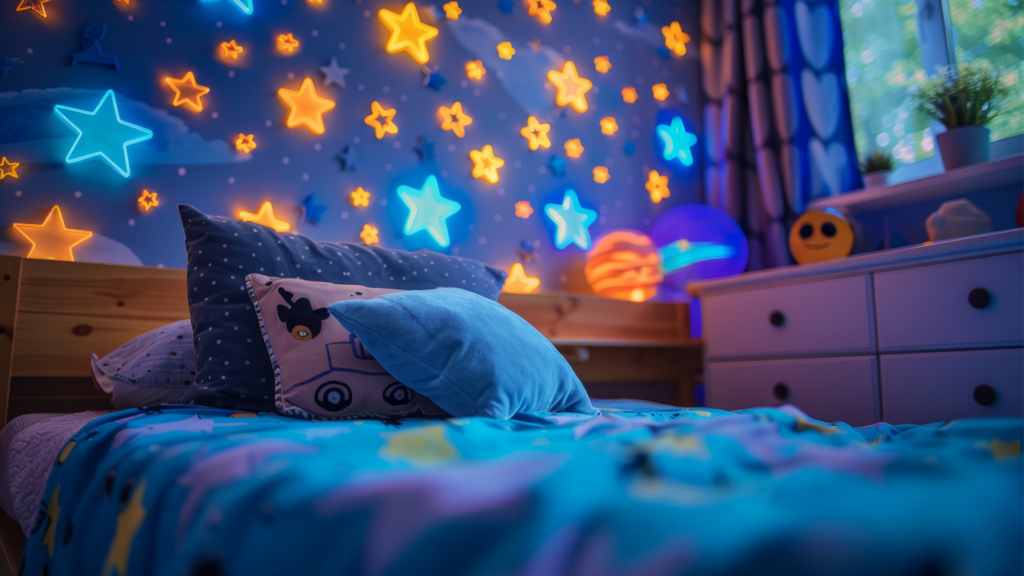
2. Light Projector
Light projectors serve as a multi-sensory experience by illuminating different colors, shapes and scenes, to create a calming environment. They captivate attention, promote relaxation, and stimulate visual perception, providing a soothing sensory experience for individuals with autism.
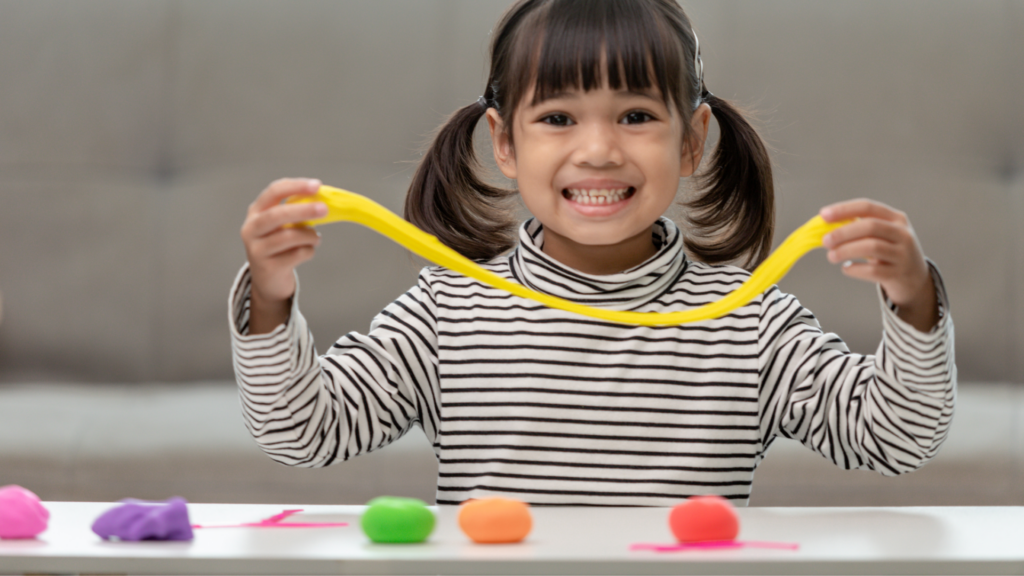
3. Play-Doh
Playdoh is a versatile sensory tool that offers tactile stimulation and encourages creativity. It provides a calming sensory experience while promoting fine motor skills and imaginative play. The malleability of Playdoh allows children to explore textures and shapes, fostering sensory integration and expression.
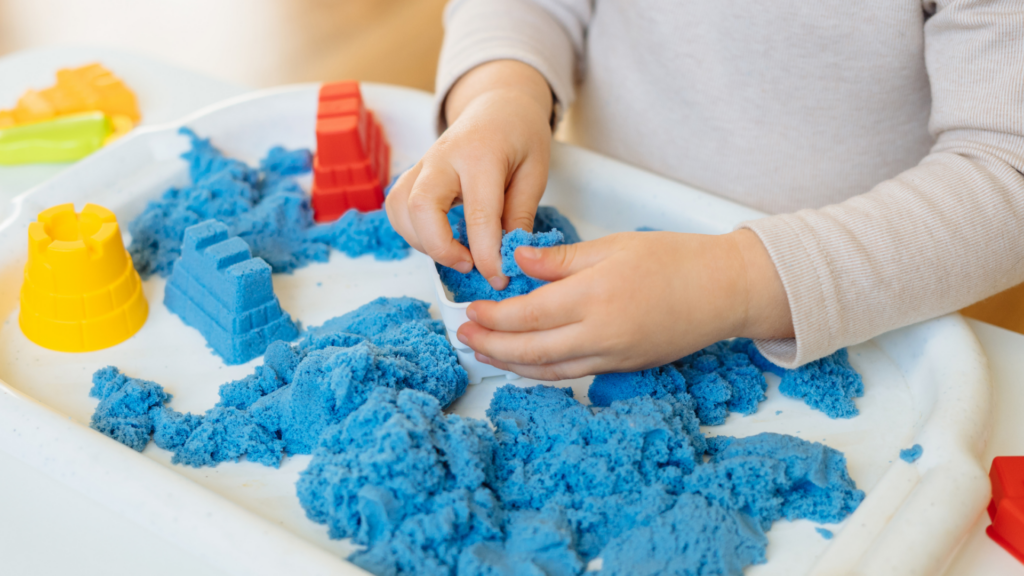
4. Sensory Bins
Sensory bins filled with materials like kinetic sand, moon sand, or rice offer opportunities for tactile exploration and sensory integration. These bins provide a soothing sensory experience while promoting fine motor skills and creativity. Children can engage in sensory play, manipulating the materials to enhance sensory processing and cognitive development.
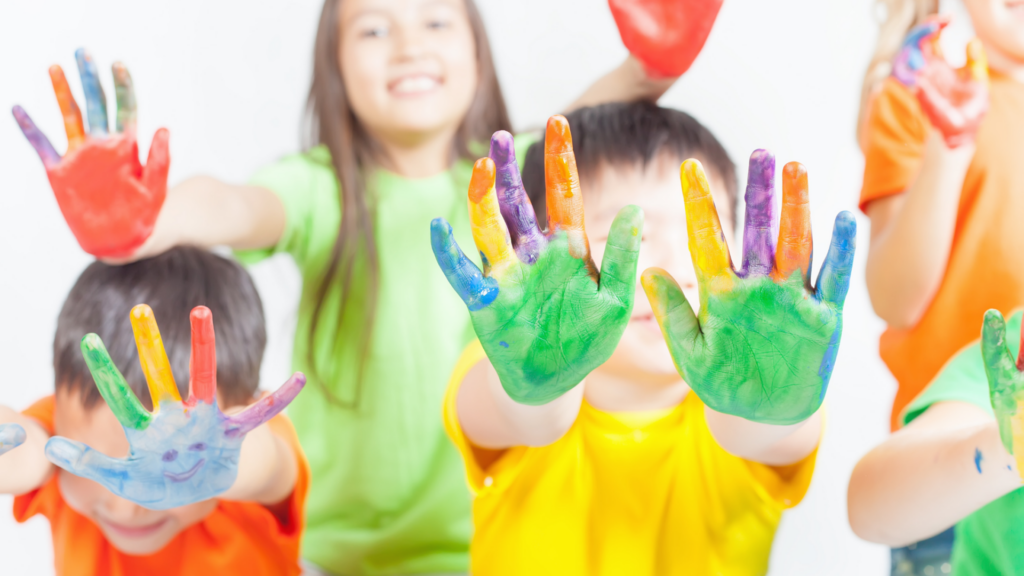
5. Washable Paint
Washable paint provides a creative outlet for children to express themselves and explore sensory experiences. Painting activities promote hand-eye coordination, fine motor skills, and self-expression, while the washable nature of the paint ensures easy cleanup and minimal mess.

6. Sequin Wall
A sequin wall offers visual and tactile stimulation, engaging children in sensory exploration. Running their hands over the sequins can provide a calming sensory experience, promoting relaxation and sensory integration. The reflective nature of the sequins creates an interactive and captivating sensory environment. Sequin pillows are another option.
Sensory toys are more than just fun! They can be a powerful tool in the classroom and home to help children with autism focus, relax, and learn. Remember, every child is unique, so it’s important to find the toys that resonate most with your child’s individual needs and preferences. With a little exploration, you can discover sensory tools that spark joy, encourage focus, and support your child’s overall well-being.

